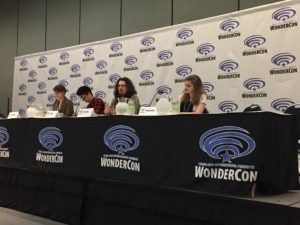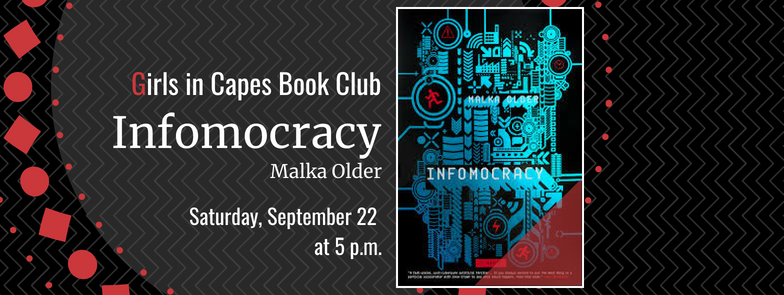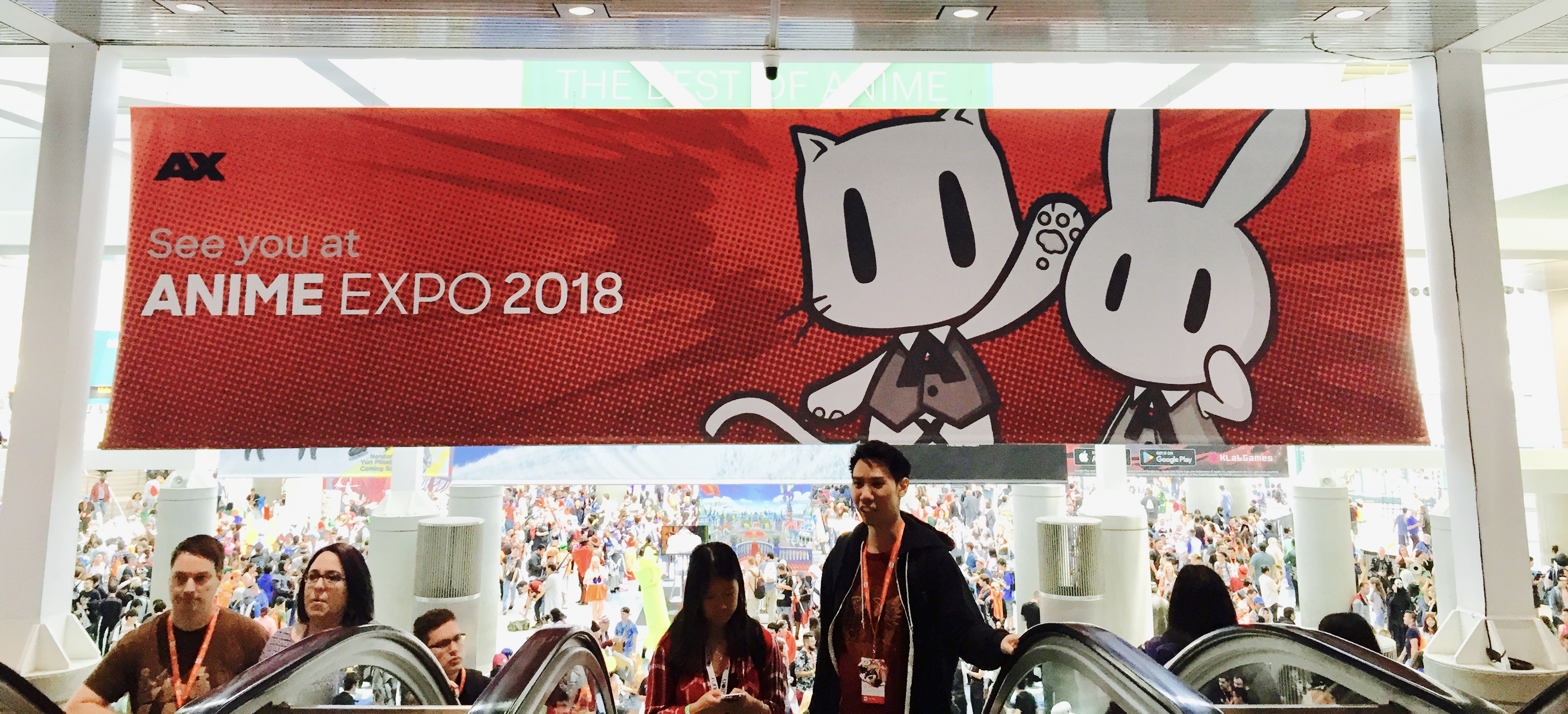WonderCon marked its 32nd year during the 2018 convention March 23 to March 25, inviting con-goers, cosplayers, press, and industry professionals to gather at the Anaheim Convention Center. Con-goers had the freedom to attend special presentations, panels, signings, events, tournaments, and the exhibit hall.
On March 24, the Comics Arts Conference panels returned with numerous topics. One such topic was “Comics and Women,” which presented four approaches to the representation of women in comics. Megan Vinson (Indiana University Bloomginton), Olivia Hicks (University of Dundee), Sean O’Brien (Wayne State University), and Monica Geraffo (Fashion Institute of Technology) all presented their own perspectives with a focus on different comics, characters, and films.
The first presenter, Vinson, introduced her topic as “The Womb and Heroic Care: Feminine Heroism in Antigone, Ms. Marvel, and Wonder Woman.” She posed questions of who teaches a hero what it means to be heroic as well as who births the ethics of a hero. She explained that heroism is associated with the father figure and rejects the mother figure. That isn’t always the case, however, as Vinson then asked if heroism could be tied to femininity and motherhood instead of masculinity.
Vinson began with Antigone and discussed how Antigone disobeying orders from the king to bury her brother, a traitor, results in the ethical reasoning of how “sharing a womb with someone makes you stronger than any manmade law or decree.” Antigone is deeply bound to the maternal, thus granting her the name, “Hero of Care.”
With Ms. Marvel and Patty Jenkins’s Wonder Woman, Vinson delved into the importance of passing along heirlooms such as Ms. Marvel’s bracelets and Wonder Woman’s crown. Both were passed down to them by their mothers, which poses as the passing of matrilineal strength. Vinson concluded that care becomes a power as it “challenges patriarchal structures, injustice, slavery, and war.”
The second presenter, Hicks, focused on Valda, a British superheroine from the anthology Mandy. Her presentation, “Valda: Genre, Gender, and Adaption,” explored how superheroes were and are defined in the UK. She referred to Peter Coogan’s definition of a superhero and outlined the aspects as “having superpowers, having a heroic name, having a secret identity, and having an iconic costume.”
Interestingly, Valda is not British, which then marks her as an outsider even though she constantly helps British people. Hicks compared Wilson from the boy comic, Wilson, who’s considered a superhero with unnatural speed, to Valda. The key differences between the two are depictions in physical strength, reactions to struggle, and most importantly, that Wilson is “one of us” while Valda is an outsider. Hicks concluded that subsequent stories try to depict Valda’s radical nature, but instead, the superhero is problematized by the superhero genre.
The third presenter was O’Brien with the topic “The Feminine Geek: Women’s Complex Comic Dynamic.” He discussed how American comics shifted in the ‘80s and ‘90s, and a large part of that reason was due to geek feminism. The question of who’s an actual, proper feminist hero is fueled by debates rooted in the works of film directors like James Cameron and Patty Jenkins.
O’Brien then spoke about Gail Simone, who’s a huge influencer in changing the way comics are created and distributed. Simone advised not to make women as objects and give characters deeper meaning, especially supporting characters. O’Brien closed out his presentation with the suggestion that comic capitalists should look at comic sales to see how to change the comic industry and go outside the norm of comics.
The final presenter was Geraffo, whose presentation was titled “The Anti-Costume: Storm’s Mohawk and the Politics of Fashionable Streetwear.” She focused on Storm from X-Men and how Storm defies gender and race barriers by using fashion to articulate her position.
“Traditionally, superheroes have used civilian clothing to create an alter ego that conceals their true identities,” explained Geraffo. “By abandoning the traditional superhero costume in favor of fashionable dress, Storm constructed a new identity and her makeover as a superhero without a costume evolved into a fan-favorite depiction that would become synonymous with her character.”
Geraffo then explained that fashion is not functional – it’s aesthetic. She distinguished between fashion and costume; the former rapidly changes whereas the latter remains as static garments that exists outside of time. Geraffo noted that superheroes exist in two forms: costume and the true identity, which equates to domestic spaces. Storm’s domestic space extends to the outdoors and her true form is naked.
Storm’s intersectionality — being a mutant, African, African-American, female, independent, spiritual, orphan, leader, criminal, hero, X-Men, warlock — creates an alliance over these differences. Geraffo concluded that Storm’s “need to understand her unique sense of self, societal definitions of otherness, and alignment with a collective political goal are themes of X-Men as a whole.”








